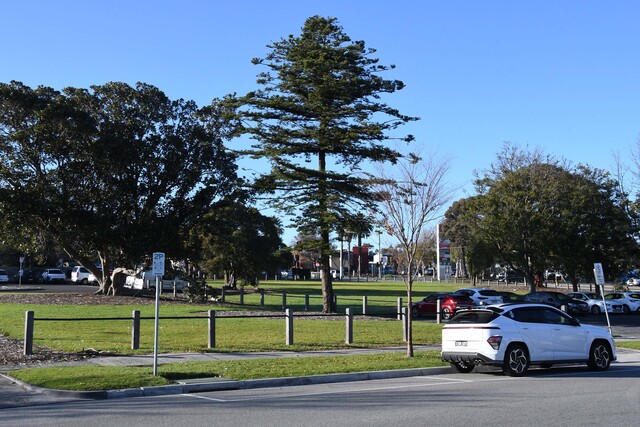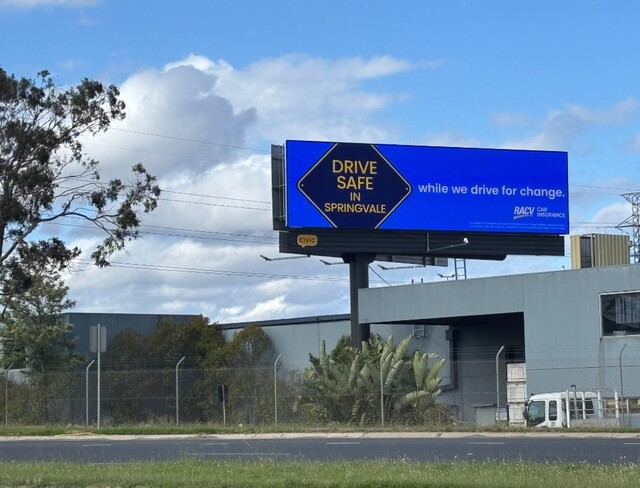Waiting times at Dandenong Hospital emergency department are the second-best in the state, according to the latest Victorian Agency for Health Information data.
However, there were longer waits for planned surgeries and ambulance response times in Dandenong.
Monash Health EDs formed the top four for shortest wait times over consecutive quarters ending in January-March 2025.
At Dandenong Hospital, there was an 18 minute wait for 90 per cent of patients to see a doctor or nurse.
It was only behind the Victorian Heart Hospital at 16 minutes, and ahead of Monash Medical Centre and Casey Hospital in equal third place at 29 minutes.
Dandenong ED topped the state for seeing patients within the recommended time across all triage categories (94 per cent).
Monash Medical Centre (85 per cent) and Casey (84 per cent) were also well above the state average of 73 per cent.
They outperformed similarly-sized EDs in other metro regions such as Royal Melbourne (64 per cent), and St Vincent’s (54 per cent).
This was during a time of increased demand, with Dandenong ED the 10th busiest in the state, MMC 3rd busiest and Casey 6th busiest.
However, category-2 planned surgery waits were slower in Dandenong – and well behind state benchmarks.
At Dandenong, less than 50 per cent of category-2 planned surgeries were done within 90 days, with 234 surgeries overdue. This was down from 51 per cent in early 2024.
Casey Hospital was marginally better, with 52 per cent and an overdue list of 335. In early 2024, 55 per cent were on time.
Monash Medical Centre achieved 62 per cent of category-2 planned surgeries on-time. This was up from 61 per cent last year.
Across all categories, 90 per cent of Monash Health patients received planned surgery within 200 days.
This was well behind Northern Health (148 days), Eastern Health (180 days) but better than Royal Melbourne (226 days) and Western Health (250 days).
Ambulance responses for Code-0 life-threatening callouts in Greater Dandenong were 20 per cent slower (nearly 3 minutes slower) for the 90th percentile.
Code One call outs in Greater Dandenong were also slower – which was against the statewide trend.
Health and Ambulance Services Minister Mary-Anne Thomas said there was faster emergency care, shorter planned surgery waits and improved Code One ambulance response times across the state.
She accredited Urgent Care Clinics taking the load off emergency departments – which had the lowest wait times on record, according to the Government.
“This quarter we have seen significant improvements across the system, even as we face record demand.
“Our investments in the workforce and alternative urgent care options are delivering better outcomes for patients across Victoria.”
Opposition health spokesperson Georgie Crozier pointed to blow-outs in category 2 and 3 planned surgery waiting lists, and worsening ambulance response times in more than 20 council areas.
She said the health system continued to decline despite record spending.
“Labor cannot manage money, cannot manage health and it’s Victorians who are paying the price.”
Victorian Healthcare Association stated there were signs that pressures across the health system was easing overall, particularly in EDs and planned surgery.
VHA chief executive Leigh Clarke said the upcoming State Budget should build on the results with more investment in non-urgent care and initiatives to keep people well and out of hospital.







